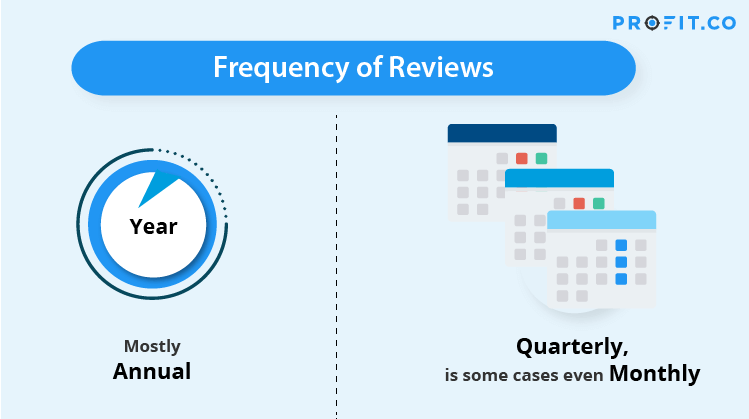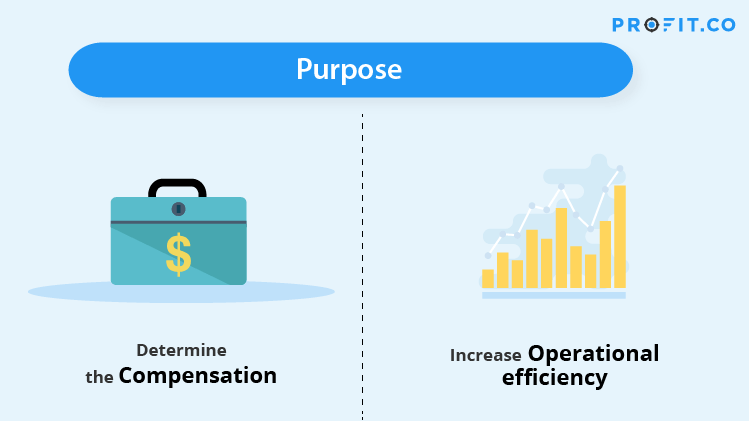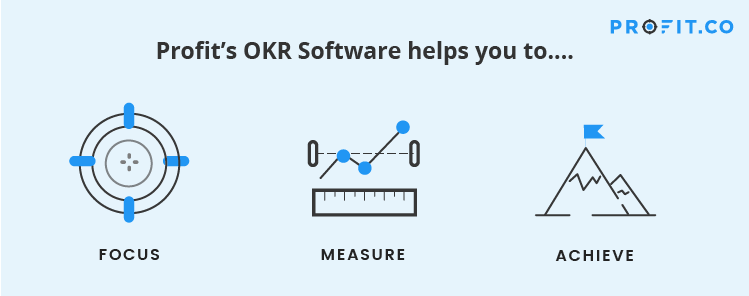Introduction
A performance evaluation is an opportunity for a company to discuss their performance goals and organizational priorities. The most significant advantage of performance reviews is the chance to improve the overall operation of the organization. By taking the time to analyze the work the company has done, areas that need attention can be identified. Reviews can even be of great help to the employees of the company. Businesses that give regular feedback to their employees have seen increased engagement. According to Forbes, several studies have found positive correlations between employee engagement and quality, sales, service, customer retention, safety, and total shareholder returns.
Figuring out what to do is important. But doing it and doing it well is equally important.
If you have worked in a corporate company for a while, you might have heard acronyms such as OKR and MBO. While these acronyms might sound somewhat intangible, they have a straightforward purpose. They are both goal-setting frameworks designed to build a culture of working towards common organizational objectives. This concept has been picked up in the industry at a very rapid pace. From the 1950s to today, this idea has spread like wildfire. It has even become the norm for many companies. The significance of OKRs and MBOs in the industry make it imperative for everyone in the industry to understand what it means.
What are OKRs?
OKR stands for Objectives and Key-Results. Like MBO, this is also a goal-setting framework. It is a way of setting and communicating organizational goals to get everyone to focus on a common goal. OKR is, without a doubt, more popular than MBO.
Recently, it has been getting a lot of attention due to its use in industry-leading companies such as Google and Intel. Hence, many people think that OKR is a new approach, but it has been around for decades. The concept was first introduced by Andy Grove, the former CEO of Intel. Then, Google investor John Doerr vastly popularized it. OKR is a metric that forces companies to separate what is most significant from other trivial aspects. They are most commonly used to set quarterly goals. More companies have been adopting it due to its aggressive goal-setting strategy. Not only that, but it also takes quantifiable steps to measure these goals. One of the most agile and intuitive goal-setting softwares is offered by Profit. You can get started on Profit.co completely free today!
OKR is a straightforward approach that uses well-defined metrics to track the achievement of a goal. Usually, organizations have a few high-level, standard, quality objectives and three to five results per objective. It also heavily emphasizes performance and financial growth.
What are MBOs?
MBO stands for Management by Objectives. It is a method of improving organizational performance. All MBOs work by setting clearly defined goals that are agreed upon by the management and the employees. Peter Drucker first formulated this approach in 1954. In this goal-oriented management approach, managers align employee’s KPI (Key Performance Indicators) to organizational goals. It also makes the employees more committed, which, in turn, makes them more motivated. Companies that use MBOs to set goals quarterly, see 31 percent greater returns than those who set yearly goals. Hence, this could imply that more frequent reviews improve performance.
Here are steps to put Management by Objectives into practice:
- Revision of Objectives – Before starting, the organization must determine whether they want to revise its objectives or set new goals. This decision must align with the company’s vision.
- Translate Objectives to Employees – Drucker said that the objectives must be SMART (specific, measurable, acceptable, realistic, time-bound) to be easily explained to employees.
- Stimulate Employee Participation – The company must set individual objectives to improve employee participation. All targets must be shared with employees in a top-down hierarchy. The employees must also be encouraged to set their own goals to achieve broader organizational objectives.
- Monitoring Progress – The objective must be measurable so that managers can determine how these targets are met.
- Reward Employees – Each employee must be given honest feedback on what was achieved and not achieved.
What is the Difference Between OKRs and MBOs?
Even though the two might look quite similar on the surface, these two frameworks have a lot of subtle differences. OKR puts a greater emphasis on goal-setting. It offers more clarity by outlining how the company defines success, and determines the necessary steps to achieve those goals. To see these characteristics of OKR in action on the Profit.co software, you can book a free demo with our OKR experts!
Experience these benefits with our Free Forever plan!
Critical differences between OKRs and MBOs:
1. Frequency of Reviews –Companies that use MBO-style, conduct annual performance reviews. The objectives are set at the beginning of the year and evaluated at the end. Their goals tend to be broad and strategic.

On the other hand, OKRs goals are reviewed more frequently. Goals are set quarterly and are evaluated as such. It allows companies to change their course and make decisions based on current information rather than waiting a year to address it.
2. Measurement and Scoring – MBO calculates measurements using both qualitative and quantitative data. The scores are flexible and can adapt to a company’s needs. OKRs are always quantitative. Therefore, companies can accurately quantify their performance indicators to see their results.
3. Transparent not siloed – MBO feedback is discussed privately between the manager and the employee. Organizational goals are not shared with the team.

OKR goals align with the team objectives. All team members are aware of what others are trying to achieve. OKRs are more team focused.
4. Compensation – In MBOs, an employee’s level of compensation is determined based on annual performance. They focus on the individual performance of the employee.

In OKRs, an employee’s compensation is based on how many goals have been achieved by the employee. OKRs aim to achieve excellence, not personal gain.

While MBO was a popular way of measuring performance, OKR is quickly gaining traction. MBOs have been around since the birth of performance management, but OKRs allow companies to align their objectives with modern needs.
The quantification of OKRs enables management to measure how much each employee is contributing to the company. Services such as Profit.co’s will help you to not only set objectives but also review them at the end of the year. Performance reviews are, in disguise, an opportunity to make your business successful.

